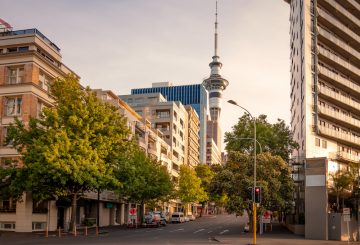肖恩·马什和詹姆斯·麦克尼利是两位新西兰人,由于新冠肺炎,他们从新加坡返回新西兰。
两人刚刚推出了一个数字钱包,他们认为这将使个人和企业都能够进行非接触式支付。
他们的应用程序名为 “Dosh”,这是一种金钱口语,即时向企业支付商品和服务费用。
以前,要求付款的人需要在其网上银行平台中输入 16 位数的银行账号,然后资金的清算将有所延迟。
用户现在可以免费下载 Dosh 应用程序,并将资金从银行帐户转移到他们的数字钱包。然后,当需要向其他人或企业付款时,可以转移资金。
Marsh 说:“该应用程序允许使用可以在商家柜台或账单上扫描的手机号码或 QR 码进行付款。”
该钱包最多可存储 1,000.00 美元,最高交易额为 500.00 美元。
Marsh 表示,他们的目标对象是在当前封锁期间可能正在努力提供非接触式支付的小型企业。他还预计,在朋友或室友的社交团体中,这种接受率会很高。
Marsh 说:“我看到很多人在商店橱窗上贴上银行账户详细信息的笔记,并要求人们向他们发送交易照片,但是使用 Dosh,您可以使用公司的二维码,将其放在公司网站或发票或柜台上,人们只需扫描并付款即可。”。
“Dosh 真正能够填补市场空白的地方实际上是那些独立独立且当今没有独立复杂支付方式的小型中小型企业。这将是我们的重点。”
他们计划只需付款即可启动该服务,然后随着时间的推移进行扩展,增加小额投资,保险服务和立即购买的服务,稍后再付款。
“我们的目标是成为新西兰领先的金融服务提供商,因此该服务的范围将远远超出支付范围。”






























































